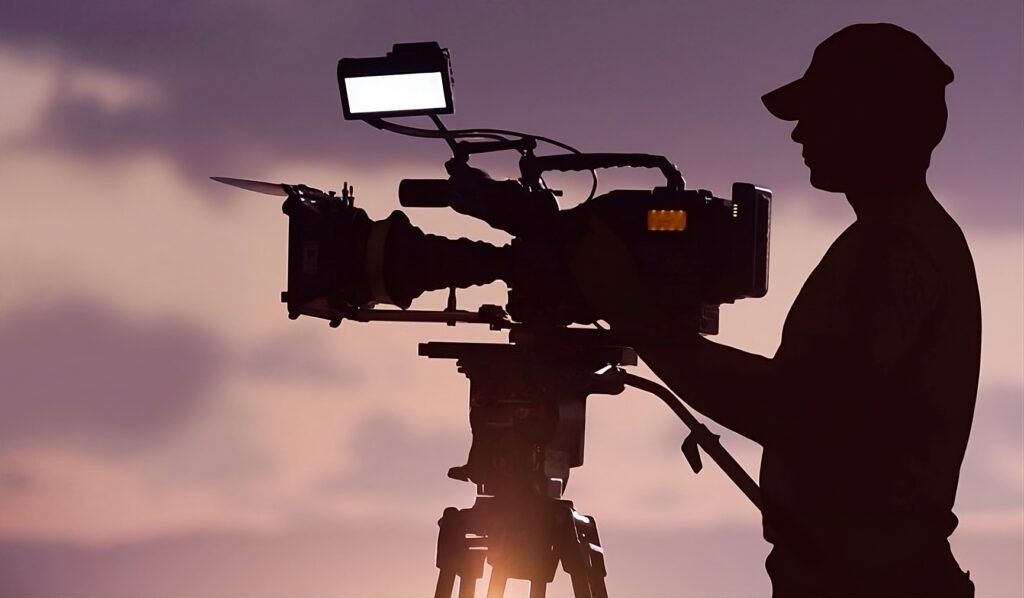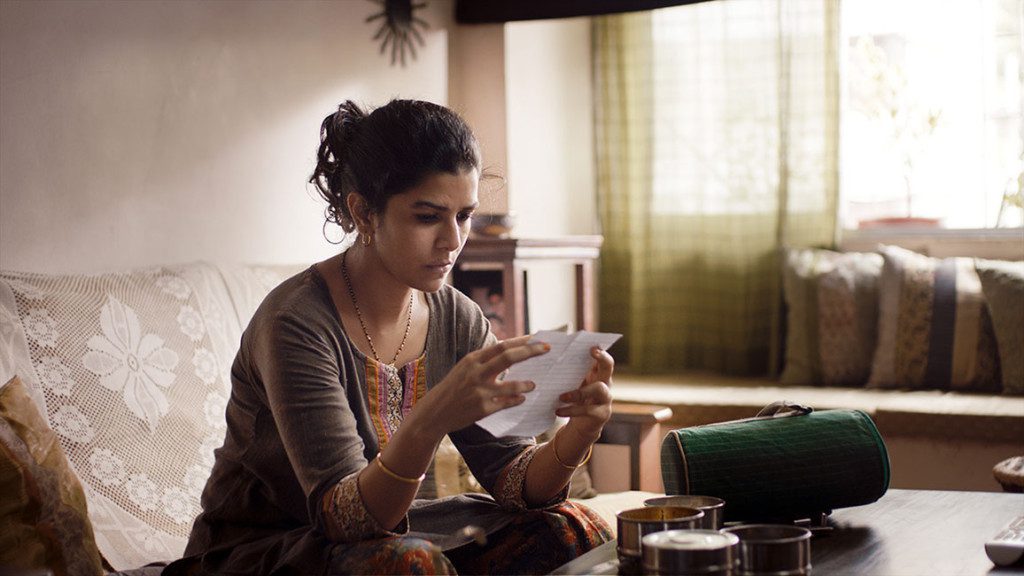Many scenes from advertisements, films and videos wash over us. But we tend to retain only a few scenes from these motion pictures. In addition to the dialogues and the emotions portrayed, there is another aspect – cinematography, which is often neglected. And this aspect plays a titular role in the retention of scenes on our minds. Cinematography is not a result of instincts or accidental spontaneity; much forethought goes behind choosing the kind of shot, angle, camera movement and lighting. These which comprise a cinematographer’s bag of tricks go a long way in controlling what the viewers watch. Let’s take a closer look into the intended symbolism and psychological impacts each element of cinematography possesses.
Cinematography and videography use various camera angles to influence audience emotions. Angles like bird’s eye view, low and high angles, eye level, and point of view each elicit different feelings. The article also critiques these techniques in ‘The Lunchbox’, demonstrating how angles can subtly shape viewer perception.
Also Read: How Pixar Introduced Us To The Fusion of Math & Movies
Cinematography 101
In ‘The Interplay of Influence’, authors Kathleen Jamieson and Karlyn Campbell famously put it this way -“The camera has a point of view; it becomes a viewer”. The viewer “very readily assumes the camera’s viewpoint”. Therefore, deciding the viewpoint is highly pivotal. Shots, angles and camera movements subsume under this broad category of viewpoint.
Cinematography & Videography: Camera shots Explained
It is imperative to note that a viewer’s emotional involvement in the film depends on the distance of the camera is from the subject. Here, the videographer’s role is crucial for the cinematographer’s vision to come to life.
Extreme long shot
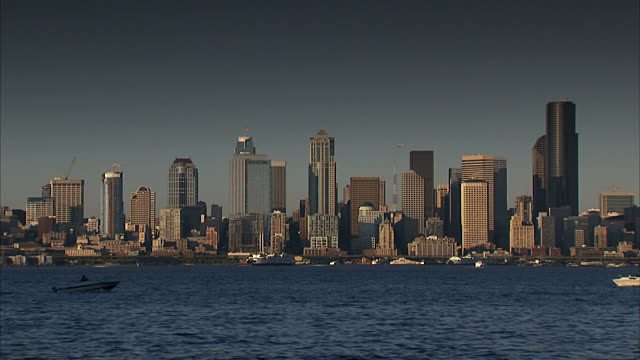
Also known as the establishing shot, ELS lets the viewer gain a perspective of where the scene takes place and its time frame. It also usually includes its main subjects, but with much of the space swallowed up by the setting. Symbolically, it insinuates the insignificance of the subject by placing it against an expansive backdrop. Additionally, it also conveys that the movie narrates just one among the many stories and realities of the setting. Last, a sense of omniscience is created by being able to view the shot in its entirety.
Long shot
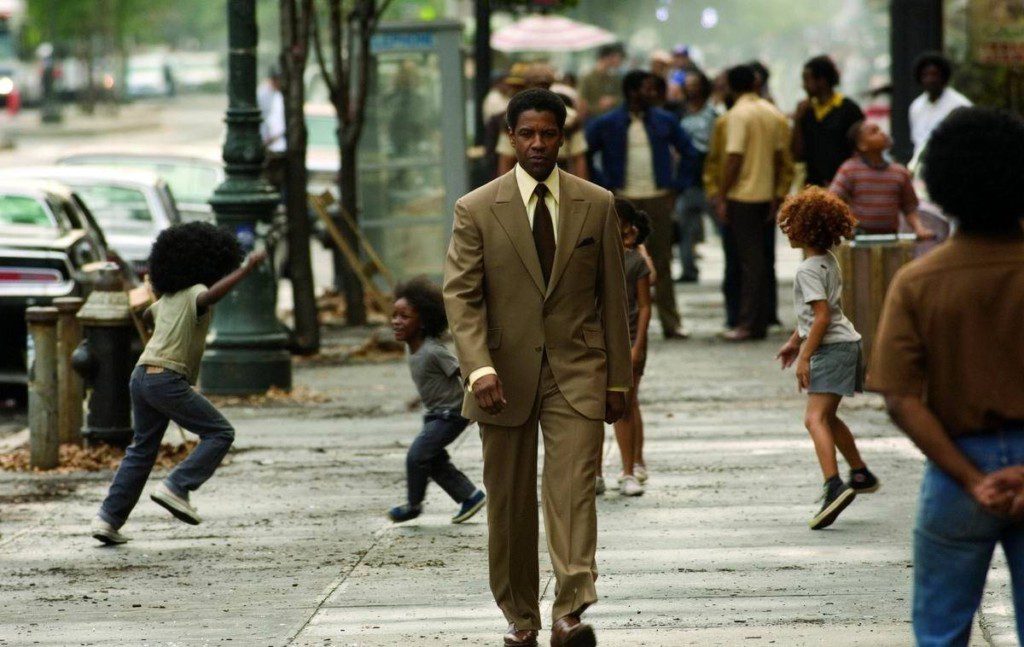
A long shot typically captures the subject from head to toe. In this case, the screen is not entirely dominated by the setting. It places the subject in a more specific context. The viewer still remains aloof and acts as a detached bystander of the action.
Medium shot
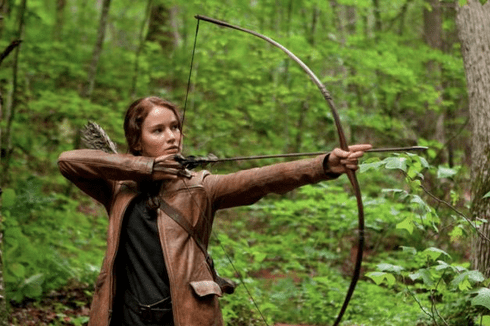
The medium shot delivers us the subjects from waist up. For a medium camera shot, one moves closer towards the scene than in the long shot while still remaining distant. The viewer observes the scene but is still not a part of it. In other words, emotional involvement is neutral.
Close up shot
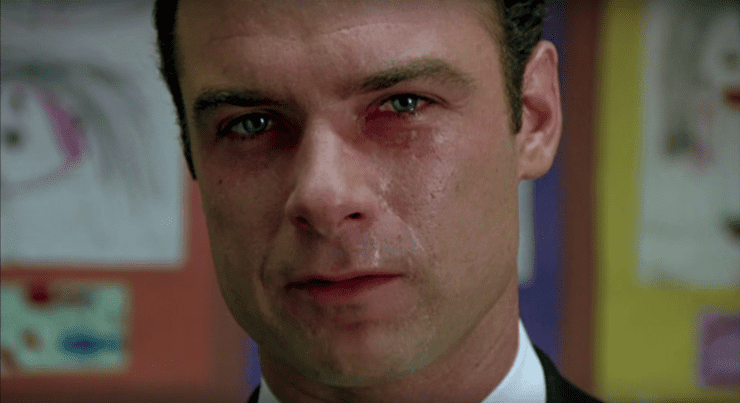
This shot usually captures the subject from head to shoulders. The subject dominates the screen with the audience establishing a more personal and intimate connection with the viewer. The attempt is to highlight importance of the subject. The viewer gets to up close and personal noticing all the details, colors and textures. There’s room to identify with and feels one with the subject. The close up shot is also called the ‘reaction shot’ as it enables the viewer to intimately experience the emotions and state of mind of the person in reaction to the situation at hand.
Extreme close up
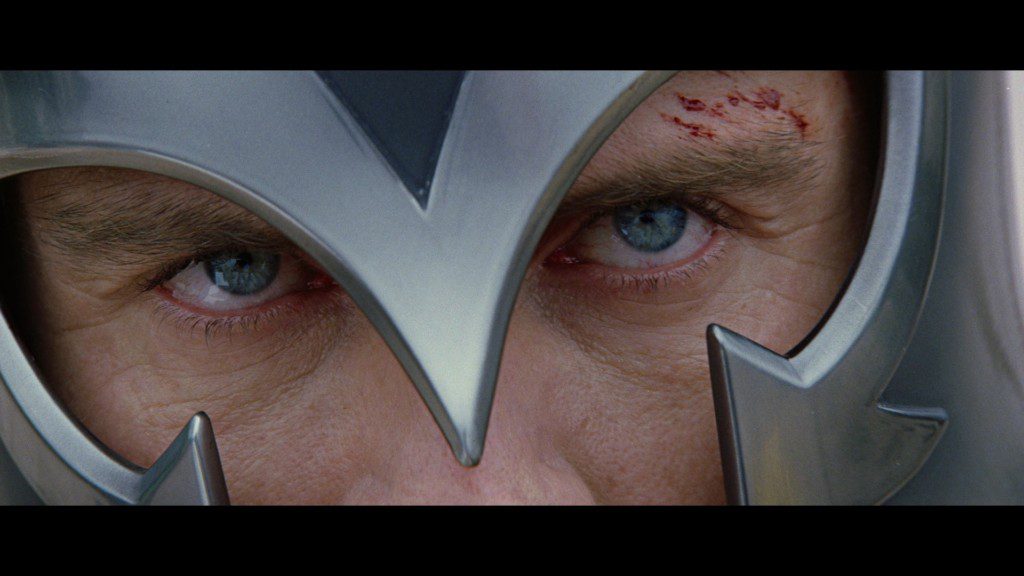
Extreme close up shots capture parts of the body or object to amplify the intensity of the scene, making the slightest movement more magnified and dramatic. Entering the domain of macro-photography, the viewer might feel engulfed by the subject in this shot.
Also Read: Space Movie Face-off – Gravity vs Interstellar
Angles: Subjective Camera Angle, Objective Camera Angle & More
Angles guide the judgements and perceptions made about the subjects. There are a couple of ways in which angles broadly fall under: subjective camera and objective camera. A subjective camera angle immerses us into the sensations and feelings of the scene and subject, as if we are part of that experience. An objective camera is that of a third-party observer, like one watching a scene play out.
Angles and their effects
Angles have two main intended effects – omniscience and experience. Omniscience is an objective point of view, meaning that there is a clear separation between the viewer and the subject, each standing in their own sphere of existence. When the camera angle allows for a very objective and neutral point of view i.e without any low or high angles, the viewer gets the opportunity to see the scene just as it is. One the other hand, experience using subjective camera forces the viewer into the scene, eventually associating himself with the story.
Bird’s Eye view
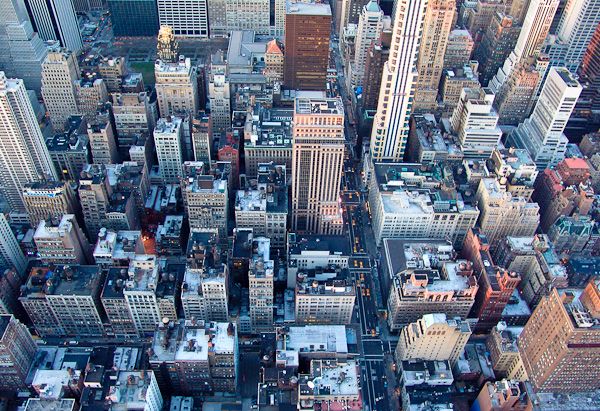
The birds eye angle presents a scene from overhead. A birds eye shot puts the viewer in an omniscient position being able to view all meaningful elements. It makes people look ant-like who effectively play a part in the bigger scheme of things.
Low Angle
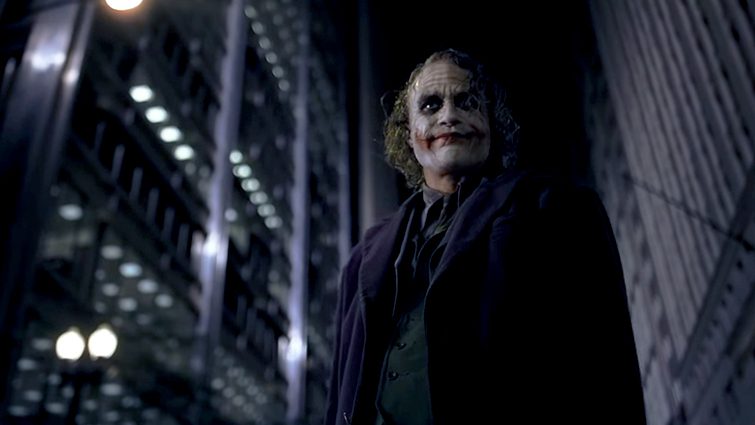
This angle captures the subject from a low perspective. So it projects the subject to be powerful, superior and dominant. In a low angle, subject will appear dramatically and maybe even unnaturally tall. In contrast, the viewer might experience weakness, powerlessness, insecurity, helplessness etc in relation to the subject.
High Angle
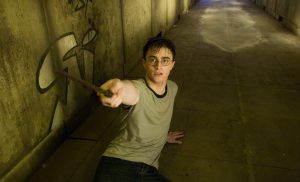
In this angle, the camera captures the action from an elevated position using a crane.
High angles make the subject seem smaller, inferior and unimportant.
Eye Level
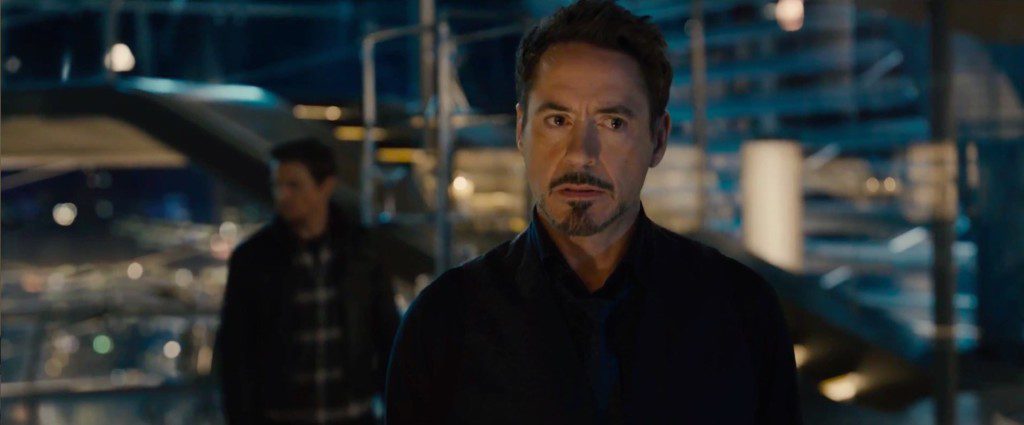
This is a fairly neutral shot. The shot looks close to reality as the angle makes it look like an actual human observing the scene. This is the most used angle of all. It shows people the way one would expect to see in real life. Psychologically, since one sees eye-to-eye with the person, one perceives them as a peer having equal status and power. The eye-level angle comes under subjective camera because the shot encourages the viewer to identify with the subject. Because the angle typically feels natural, the viewer might not even consciously view it as an angle.
Point of view angle
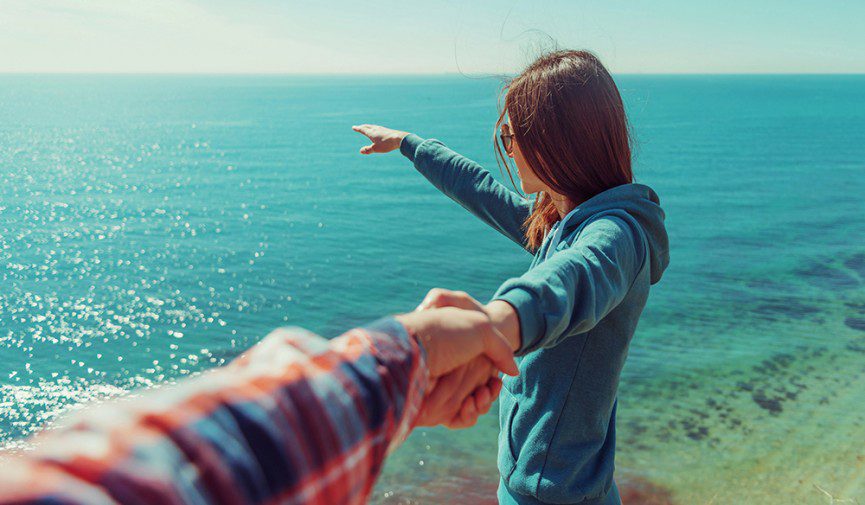
In this type, the subject looks directly at the viewer, or at someone or something far to the left or right. The resulting image will most likely produce the same psychological effect as an eye-level angle. Or, the viewer becomes the subject looking from his or her point of view. This obe is an interesting blend of both a subjective and objective camera angle. Even though the shot gives the impression that the viewer is standing right there and being a part of the conversation for instance, one also tends to feel like an unnoticed spectator in the situation.
Side angle
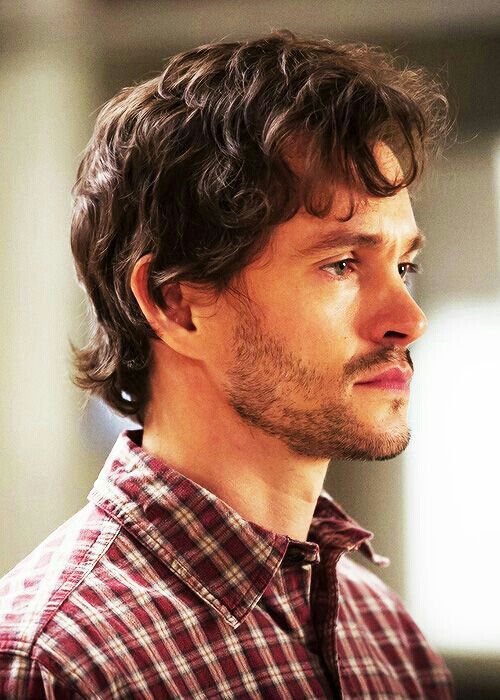
In this type of shot, the subject is turned away from the viewer. The viewer feels more like the objective, unnoticed.
Lighting
Lighting is largely responsible for influencing and dictating how you’re going to feel on different shots. Of course, it also helps deliver an idea of the location and time in the setting. It directs attention, and makes the subjects appear completely natural and attractive at the same time.
All lighting can broadly be categorised as “hard” with sharp and distinct shadows, or “soft” with less-defined, softer shadows and fewer background images.
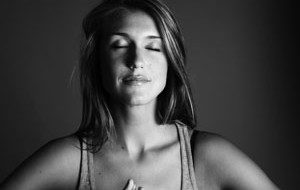
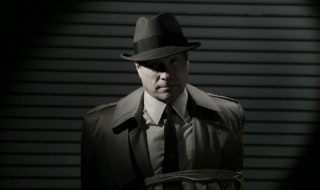

The desired mood or effect simply require you to work on three elements : key, fill and back lights. First, key lights have powerful, bright light. When projected on the person or the object, they create a deep shadow. High-key images are basically light-toned with darker accents. This doesn’t result in low contrast. Low-key lighting produces mainly dark images. Low key can also mean warm, cozy, safe and romantic. Second, fill lights “fill” any unwanted shadows created by the key light. They are placed in a position opposite to the key lights. Finally, back lights throw light on the subject from behind. This creates an illusion of depth behind the main subject and brings it forward from the background.
Also Read: Virtual Reality – The Space Programme For The Masses?
A Critique of cinematography in The Lunchbox
The lunchbox (2013) was lauded by multiple critics for its crisp cinematography, rendered by Michael Symmonds. In this movie, cinematographic techniques have gone long way in defining the characters themselves.
It is interesting how the viewers through a good percentage of the movie only see the side of the figures of Ila and Saajan that is cast by shadows stressing on their plight. The viewer remains a detached observer throughout the film as medium shots from side angles are predominantly used, increasing the objectivity. This objectivity denotes the lack of emotional involvement expected of the audience. Thus, the film, per se, sails in an objective way, not encouraging judgments about the characters. This comes key in the open ending wherein no probable fate can be drawn of the characters. Additionally, the use of hand-held camera in most parts makes the movie look closer to reality than fiction.
Establishing shot
The first shot of the film shows an EL shot of trains moving on the tracks. The penultimate shot of the film also shows the same, thereby bringing in closure to the film. Additionally, they imply that life goes in the bustling city of Mumbai irrespective of the subjects’ union or separation. These shots are captured during cloudy settings. So it is neither dark nor bright, adding on to the uncertainty and gloomy nature of the film. The cinematographer similarly notes “Also, I felt that they matched Mumbai in the monsoon season better. India, which I was filming, was not a bright, happy go lucky place with people dancing and wearing bright clothes. It was a tragic and sad place where people struggle with modern life.”
Dubbawalas
The cinematographer captures the distance covered by the dabbawalas by following them right from Ila’s place to Saajan’s office. These movements are shot using hand-held cameras. As these cameras introduce jerks onto the scene, the viewers truly get the essence of the complicated and arduous journey.
Ila’s Kitchen and living room
Ila’s house, in general, is moderately lit having nothing dramatic about it. It also signifies the monotone and lack of happiness in her life.
All the scenes in the kitchen use low-key soft lighting. Thus, the side of figure exposed to the viewers has blunt shadows. The fill light illuminates this side only to such an extent that only parts of the shadows are filled. Therefore, the low contrast gives an everyday realistic feel to the film. This shows the brilliance of cinematography.
Medium-close up shots from a side angle typically captures her reality the kitchen and the living room. By doing this, the director doesn’t emotionally involve the viewers, as noted earlier.
Her figure is devoid of much shadow while she talks on Bhutan. This symbol itself imparts a sense of hope to Bhutan being her only way out.
The letter in which Saajan suggests Ila to go with him, unlike others doesn’t have a voiceover. The audience are given an over the shoulder shot through which one gets to know the message. Following this episode, the house seems better-lit symbolizing the return of hope in her life.
Saajan’s office and cafeteria
In contrast to the hand-held camera used for Ila, Saajan’s portion in his office and cafeteria is shot with Steadicam and static camera to capture the lack of rhythm in his life. These are once again shot in medium range with side angle shots and eye-level angle shots, not involving the audience with the film. Since the office is well-lit, one finds Saajan’s figure to contain high contrast. There is high-key light from the right and fill light from the left that doesn’t fill much shadow. This defines his old age and vacuum in his life.
Saajan’s balcony and living room
A balcony scene showcases Saajan’s isolation and loneliness by using medium-key lights. These cast shadows on the side of the face exposed to the viewers. But, the fill lights lighten no or less shadows. So there’s high contrast, delivering moderately defined shadows that cloud his features which in turn reinforce gloominess in his old age. These shots range between long and medium. Static camera used in these shots denotes the lifelessness in his life.
Ila in the restaurant
Ila going to meet saajan at the restaurant is one of the most significant scenes in the movie. In this scene, Ila’s left side of the face is illuminated solely by high-key soft lighting. Fill lights complement this which leave soft shadows. Due the contrast thus created, she stands out from the rest of the customers in restaurant. In this case, this type of lighting draws attention to an important subject among the many other insignificant.
Saajan in train and bus in Mumbai
He commutes to his work via train and bus. Low angle and high angle used encompassing the train and bus show the intensity of traffic in Mumbai. Mid-close up shots used inside the train and bus bring out the congested nature of these conveyances. All of them use hand-held camera shots to accentuate movement.
Ending
In the end, Ila is captured in a close-up shot with strong key-lighting leaving no shadows on her face. The same applies for Saajan whose countenance had shadows until the last shot. This can be symbolically understood that they unite despite the open ending. But, this just remains a speculation.
All in all, using a hand-held camera with medium shots at an eye level angle, the film presents itself as life-like with no pretense or exaggeration. Expectedly, there’s no high emotional involvement from the audience. The classic example of cinematography and how the camera angles make us feel.
Conclusion: Cinematography & Psychology
Cinema is in its own right a mass culture in India. There is not a single wall that goes without being plastered with posters. Such power does not result only from the actors. These vessels of directors, as a matter of fact, get their intended effect delivered by cinematography.


